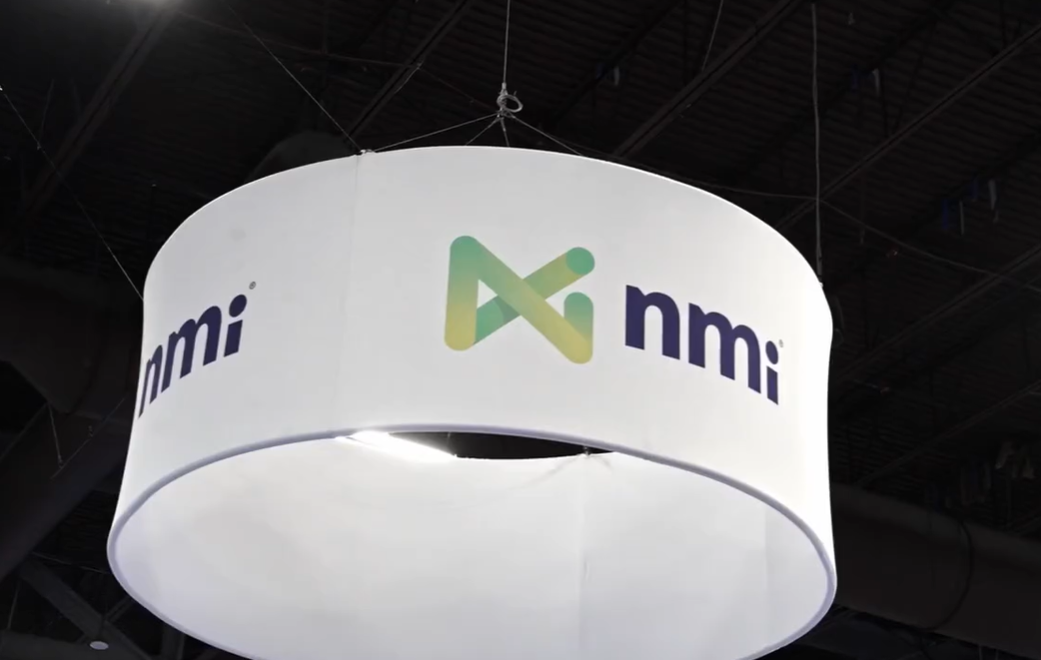(This is the second in a series of articles on qualified retirement
plans for small business owners. Read the first article.)
Most of your clients who are small business owners are consumed with their day-to-day operations. They usually don’t have the time, nor the inclination, to devote to administering a qualified retirement plan for employees, even though they also will benefit from it personally. For these harried entrepreneurs, a Simplified Employee Pension (SEP), also called a SEP-IRA, is often the optimal choice of plans.
Unlike some more recent innovations in the retirement plan arena, the SEP has been kicking around since 1978. As the name implies, the emphasis is on simplicity. Here are some of the basic ground rules.
For starters, the employer must make contributions for employees age 21 and over who have worked for a company during three out of the previous five years (unless a union contract takes precedence). Even employees who work on a part-time basis, or only worked for the employer for part of the year, must be covered under the plan if they earned at least a minimal amount ($550 for 2014). A self-employed individual can also take advantage of a SEP.
The maximum annual amount that may be contributed on behalf of an employee to a SEP and deducted by the employer is the same as other defined contribution plans. Therefore, for the 2014 tax year, the limit for deductible contributions is the lesser of 25% of compensation or $52,000. Caveat: The maximum amount of compensation that can be taken into account for this purpose in 2014 is $260,000.
The amount of employer contributions is discretionary. In other words, you’re not locked into any payment for the year. This allows you to boost contributions in a profitable year or reduce contributions – or even make no contribution — in a year in which the business is struggling. However, you must contribute the same percentage of compensation for each plan participant. An owner can’t, for example, give 5% to himself or herself and 3% to everyone else.
Contributions to the SEP are immediately vested. For instance, if an employee quits the day after the contribution is made, the money is theirs to keep. In comparison, most other qualified plans have “cliff vesting” or gradual vesting over a period of years.
As with other qualified retirement plans, early withdrawals made prior to age 59 ½ are subject to a 10% penalty tax, on top of the regular income tax, unless one of several special tax law exceptions applies. And required minimum distributions (RMDs) must begin in the year following the year in which an employee reaches age 70 ½ (or the year the employee retires, if that’s later).
To get a SEP up and running in 2014, establish it before the end of the year. Otherwise, the contributions are not currently deductible. However, a SEP may be set up and funded after the close of the tax year as long the paperwork is completed by the employer's tax return due date, plus extensions.
All you have to do to set up a SEP is fill out Form 5305-SEP and provide proper notification and copies to employees (see sidebar). You don’t even have to file the form with the IRS. Finally, unlike most qualified plans, you’re not required to provide the IRS with annual reports. This is a no-muss, no-fuss option for small business owners.
As Easy as 1-2-3
The IRS lists the following three basic steps for setting up a SEP on its website.
1. Adopt a formal written agreement by signing one of these documents:
- IRS model SEP using Form 5305-SEP, Simplified Employee Pension – Individual Retirement Accounts Contribution Agreement;
- IRS-approved prototype SEP, offered by banks, insurance companies, and other qualified financial institutions; or
- individually designed SEP plan document.?
2. Provide each eligible employee with information about the SEP. If you established the SEP using the Form 5305-SEP, the information must include a copy of the Form 5305-SEP, its instructions and the other information listed in the Form 5305-SEP instructions. If you used a prototype SEP or individually designed SEP, you must provide similar information.?
3. Set up a SEP-IRA for each eligible employee with a bank, insurance company or other qualified financial institution. The employee owns and controls the SEP-IRA.
For more details, visit http://www.irs.gov/Retirement-Plans/Retirement-Plans-FAQs-regarding-SEPs-Establish-a-SEP.
Thanks for reading CPA Practice Advisor!
Subscribe Already registered? Log In
Need more information? Read the FAQs
Tags: Benefits, Small Business




